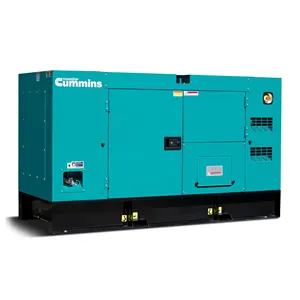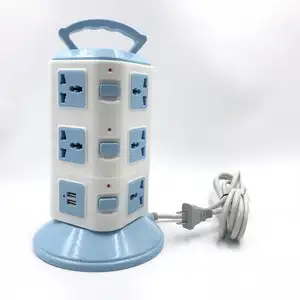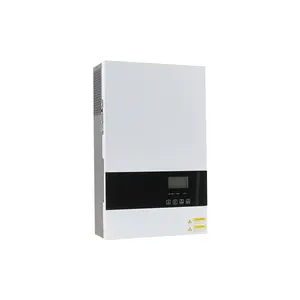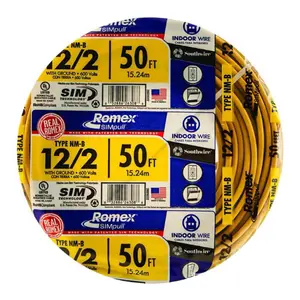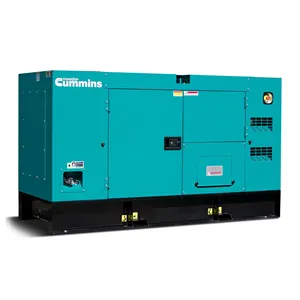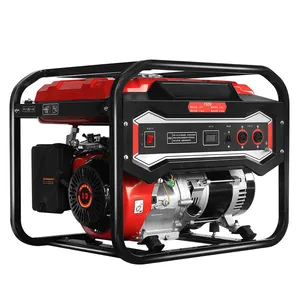Popular in your industry





























































Top categories
About 3 pin dip switch
Understanding the 3 Pin DIP Switch
A 3 pin dip switch is a small, manual electric switch used for controlling the flow of electricity within a circuit. Unlike other switches, a dip switch 3 pin is designed for circuit boards, offering a compact and convenient way to make binary settings. These switches are integral components in various electronic devices, allowing for the customization of functions or settings.
Types and Configurations
The versatility of the 3 pin dip switch comes from its different types and configurations. Commonly found types include the slide, rocker, and piano versions, each serving specific circuit requirements. The slide type is known for its ease of use, while the rocker variant is preferred for its tactile feedback. The piano type is distinguished by its push-button operation. Each type ensures reliable connectivity and is designed to fit seamlessly into a printed circuit board (PCB).
Applications and Uses
The application of dip switch 3 pin devices is extensive, ranging from consumer electronics to industrial machinery. They are frequently utilized in settings where a small, stable, and cost-effective switch is necessary. For instance, they are a staple in the configuration of computer expansion cards, particularly those under ISA architecture. Their use is not limited to the tech industry; they also find their place in remote controls, where they help prevent signal interference between devices.
Features and Advantages
One of the main features of a 3 pin dip switch is its ease of use. The ability to change settings without the need for additional tools or parts, such as jumper blocks, makes them a practical choice for many electronic applications. Additionally, their design allows for easy verification of settings even when the system is not powered, enhancing the convenience for technicians and users alike. The robustness and simplicity of the 3 pin dip switch make it a reliable component in various electronic devices.
Materials and Construction
The construction of a 3 pin dip switch typically involves durable materials that can withstand regular use and varying environmental conditions. The contacts within the switch are usually made of metals that ensure good electrical conductivity and resistance to corrosion. The housing is often composed of thermoplastic or other insulating materials that provide stability and protect the internal components from physical damage and electrical interference.
Choosing the Right Switch
Selecting the appropriate dip switch 3 pin for a specific application requires consideration of the electrical specifications, such as current rating and voltage, as well as the physical dimensions to ensure a proper fit on the PCB. It is also important to consider the environment in which the switch will operate, as certain materials and types may be better suited for high-temperature conditions or applications requiring more frequent adjustments.
